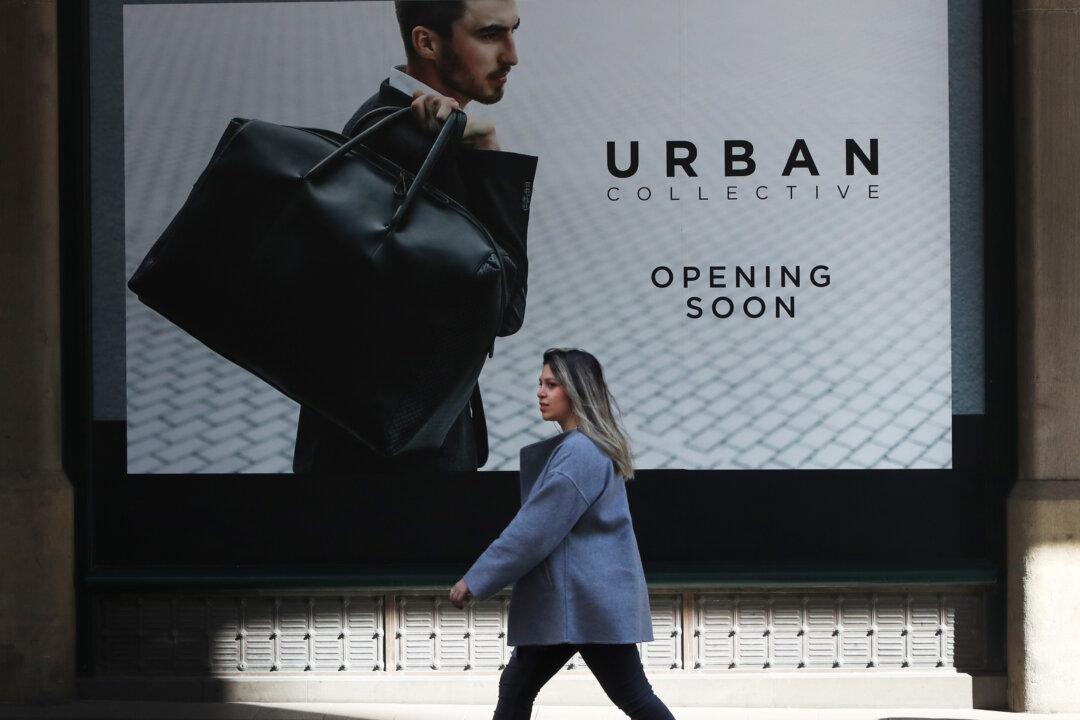More and more Australian businesses are facing insolvency risk as trade payment defaults reached a record high in June due to the impacts of inflation and interest rate hikes.
According to a new report by CreditorWatch, a credit reporting agency, business-to-business trade payment defaults rose to 1,586 cases in June, up 52 percent from a year ago.





